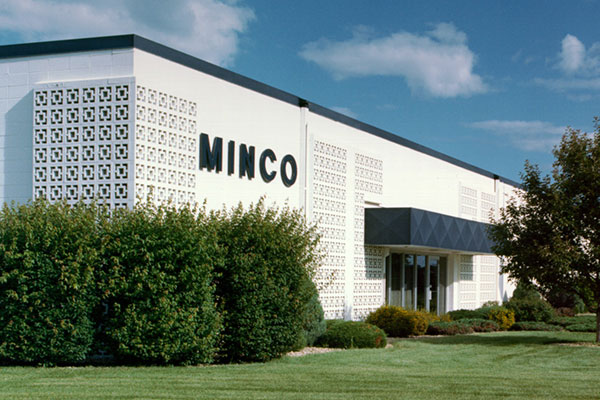RTD Connections: 2 Wire, 3 Wire, 4 Wire?
Because an RTD is a resistance type sensor, resistance introduced by connecting copper extension wires between the RTD and control instrument will add to readings. Furthermore, this additional resistance is not constant but increases with ambient temperature. To estimate leadwire error in 2-wire circuits, multiply the total length of the extension leads times the resistance per foot in the table below. Then divide by the sensitivity of the RTD, given in the next two pages, to obtain an error figure in °C. For example, assume you have connected 100 feet of AWG 22 wires to a 100 Ω platinum RTD (PD element).
Lead resistance is:
Approximate error is:
You can reduce leadwire error by:
- Using larger gauge extension wires.
- Specifying an RTD with greater sensitivity; 1000 Ω instead of 100 Ω, for example.
- Employing a 3 or 4-wire resistance canceling circuit as shown at right. Common leads, connected to the same end of the sensing element, are the same color.
- Using a 2-wire current transmitter. Its linearized signal is immune to electrical noise as well as resistance and can maintain accuracy over runs of several thousand feet.
2-wire RTD
3-wire RTD
4-wire RTD
NEED HELP BUILDING THE RIGHT PART?
Build a part number according to your specifications.
LOOKING FOR A CUSTOMIZED SENSING SOLUTION?
Half of the sensors we produce are custom engineered designs developed for challenging applications. Our Engineers are ready to help.
INTERESTED IN A STANDARD PART?
Fully half our sensors are engineered custom designs that deliver the best fit for challenging applications. Our Engineers are ready to help.
